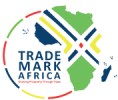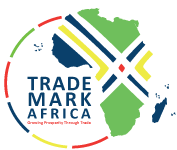The East African Business Council (EABC) Tuesday signed a US$ 3.2 Million financing agreement with TradeMark Africa (TMA). This will support implementation of a 3 year programme, “Integrating Public-Private Sector Dialogue (PPD) for Trade and Investment in East Africa Community (EAC) Programme”. The partnership will support EABC’s advocacy efforts of improving coordination, reporting and resolution of Non- Tariff Barriers along the corridors; harmonization and adoption of East African Standards/ Sanitary and phytosanitary (SPS) measures; improve adoption and harmonization of Customs and Domestic Tax-related policies and trade facilitation in the EAC. To strengthen and sustain EAC’s trade and investment, it is critical that an enabling environment is in place to guarantee growth and predictability. Public‐Private Dialogue plays a crucial role in addressing constraints, providing short‐term stimulus with long‐term impact and contribute to economic growth and poverty reduction. The project will enhance advocacy and dialogue on transport and logistics, trade facilitation, customs & tax, standards, and NTBs in a bid to increase trade and investments in the EAC. Also, the programme extends beyond the EAC and incorporates the COMESA, COMESA-EAC-SADC Tripartite Free Trade Area (TFTA) and Africa Continental Free Trade Area (AfCFTA) “Inadequate trading regimes restrictions on the export of certain commodities, and lack of product diversification and the existence of NTBs continue to hamper intra-regional trade which is still low at 20% compared to other RECs SADC 40% ,” said Hon. Peter Mathuki, EABC CEO. The EABC is a key convenor of high‐level regional Public‐Private Sector Dialogue forums with an “Observer...
EA Business Council Receives US$ 3.2M To Unlock Regional Trade Barriers
Posted on: August 28, 2019
Posted on: August 28, 2019

















